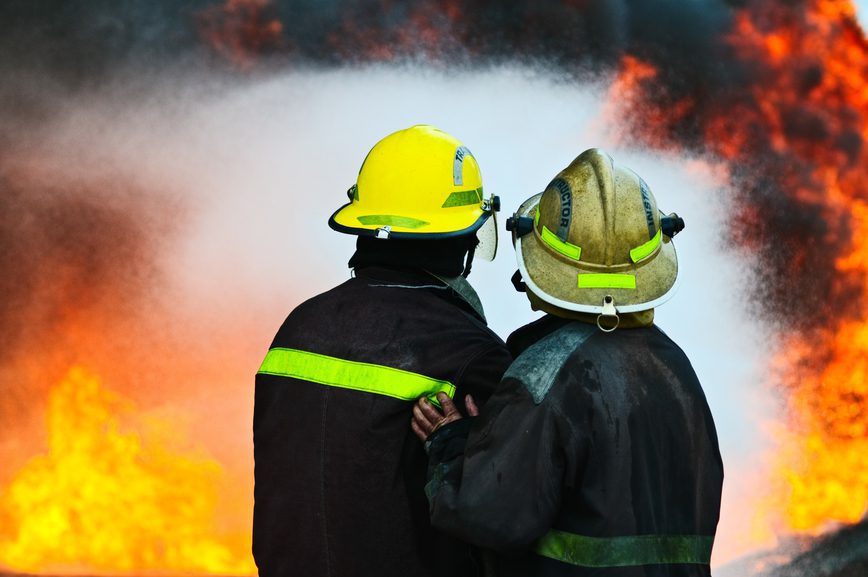Every project office tries to avoid the need to shift into fighting mode, but sometimes it happens. If your project team discovers it has no choice but to roll up its sleeves and tackle an urgent problem, there are some strategies that will typically prove more useful than others. Unfortunately, firefighting is an inherently stressful mode to be in, and project teams don’t always make the best strategic decisions under pressure. The approaches below, while common, are probably not giving your Project Team the best bang for its buck. If you find yourself in firefighting mode, consider how you can right the ship without hampering your own efforts.
Does your team immediately give the “all hands on deck” call? For many PMP®s, this is the first instinct that bubbles to the surface when an emergency appears, but it’s also one that could lead to serious long-term damage. By pulling resources away from other, previously-scheduled activities, the team could find itself in a constant firefighting cycle, where future tasks don’t have sufficient resources or encounter delays because their requirements were pilfered by earlier tasks that suffered their own set of problems. Once the process begins, it’s incredibly difficult to truly catch up and get back on track. Rather than set the team up for challenges, it’s better to be more thoughtful when reallocating staffing, funding, and other resources during a firefighting event.
Is it common for the team’s PMP®s to keep firefighting events to themselves? Communication can be a difficult balancing act when a project goes off the rails, because many teams hope to set things right before stakeholders, sponsors, end users, and others discover there’s a problem. Unfortunately, this sets PMP®s up for significant challenges down the road when progress continues to be impacted and the effects become obvious even without formal communication from the team. Instead of holding back, work to keep stakeholders apprised of developments both positive and negative. This ensures the Project Team maintains its commitment to transparency and also provides an opportunity for others, whether they’re outside vendors or internal support departments, to offer assistance or perhaps suggest alternate solutions.
Do team members start firefighting by pointing fingers? Human nature can be surprisingly counter-productive sometimes, and the tendency to place blame for the team’s problems is both natural and damaging. But spending time on the why and how of where difficulties originated while in the midst of firefighting will only put the team further behind. It’s crucial that the Project Team focuses its energy solely on quickly developing and successfully deploying a resolution to the problem. Anything that doesn’t get the project back on schedule is inherently inefficient, and the team probably isn’t going to solve the problem long-term during the heat of the moment. To hedge against the impulse to assign blame, instead make notes about the situation so the team can evaluate the glitches in more detail during the post-project review.
Does the Project Team treat firefighting as a one-time event? While the team shouldn’t be putting its effort into figuring out the nuanced triggers behind a mid-project glitch while firefighting is underway, it’s a huge mistake to simply address a problem and never speak of it again. Some challenges spring from straightforward circumstances, but most have a host of ongoing waste and poor project management practices behind them. Though a firefighting session can leave the team strapped for resources, it’s imperative that a long-term solution be identified and applied to the problem so it doesn’t become a recurring source of inefficiency and stress for the team. Proactive problem-solving is the only way to truly ensure repeatable success.


